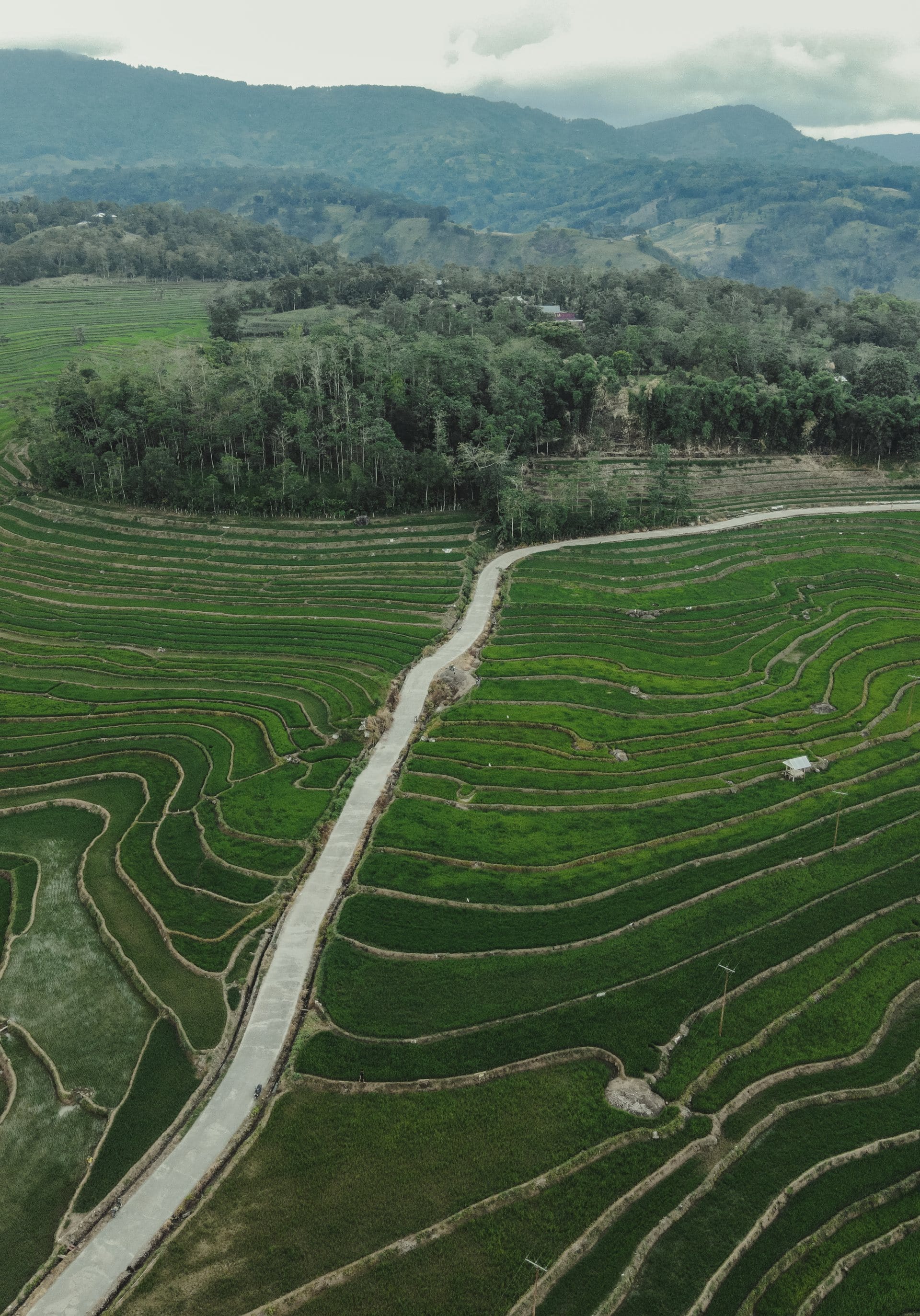A Step-by-Step Guide to Sustainable Water Management
Antony Thilak W |
22 May, 2023 |

Water is a precious resource, and in permaculture, finding sustainable ways to manage it is essential. One effective technique is building a swale—a simple yet powerful feature that helps conserve water, prevent erosion, and promote soil health. In this comprehensive guide, we will walk you through the step-by-step process of building a swale and explain its numerous benefits for your landscape. Whether you have a small backyard or a larger property, you can implement this technique to enhance the productivity and resilience of your land.
What is a Swale?
Before diving into the process of building a swale, it's important to understand what exactly a swale is and how it functions within a permaculture landscape.
A swale is a low-lying, shallow trench or depression designed to capture and redirect water. It acts as a passive rainwater harvesting system, effectively managing the flow of water on the land. Swales are typically constructed on contour, following the natural slope of the land. By positioning the swale along the contour, water is slowed down and allowed to infiltrate into the soil, replenishing groundwater and preventing erosion.
The primary purpose of a swale is to capture and hold rainwater, preventing it from quickly running off the land. As water flows downhill, it accumulates in the swale, filling it up gradually. This water is then absorbed by the surrounding soil, nourishing plants and recharging the groundwater table. The berm created by the excavated soil on the downhill side of the swale helps retain water, creating a reservoir-like effect.
Swales serve multiple functions in a permaculture design. Besides water management, they also help reduce erosion by preventing runoff and allowing sediments to settle within the swale. By retaining water, swales mitigate the effects of drought, providing a consistent water supply to plants during dry periods. The increased moisture in the soil promotes healthier plant growth and reduces the need for supplemental irrigation.
In addition to their functional benefits, swales create microclimates within the landscape. They effectively distribute water, allowing for the establishment of diverse plant communities. By strategically planting different species along the swale and berm, you can create niches for a variety of plants with varying water requirements. This enhances biodiversity and ecological resilience, contributing to a more sustainable and balanced ecosystem.
Step-by-Step Guide to Building a Swale
Now that you have a clear understanding of what a swale is and its role in permaculture, let's dive into the step-by-step process of building a swale.
Step 1: Site Assessment and Planning
Before breaking ground, take time to assess your site and plan the location and size of your swale. Consider the natural slope of the land, water flow patterns, and any existing structures or vegetation that may impact the swale's effectiveness. Determine the length, width, and depth of the swale based on your specific needs and local conditions.
Step 2: Marking the Swale
Using stakes, strings, and a level, mark the contour line where the swale will be constructed. This will ensure that the swale follows the natural slope of the land, allowing for maximum water retention and distribution.
Step 3: Excavating the Swale
Using shovels, a backhoe, or other appropriate equipment, carefully excavate the soil along the contour line to create the trench for the swale. The depth and width of the swale will depend on your site assessment and the desired water-holding capacity. Place the excavated soil on the downhill side of the swale to create the berm.
Step 4: Shaping the Swale
Shape the bottom of the swale to have a gentle curve allowing for uniform water flow and infiltration. Smooth out the sides and bottom of the swale to prevent erosion and ensure proper water retention.
Step 5: Mulching and Planting
Apply a layer of organic mulch along the bottom and sides of the swale to conserve moisture and prevent weed growth. Choose native plants or those well-suited to your climate and soil conditions. Plant them along the berm and within the swale to maximize the water-holding capacity and promote a diverse plant community.
Step 6: Maintenance and Monitoring
Regularly inspect and maintain your swale to ensure its effectiveness. Clear any debris, monitor for erosion or sediment buildup, and adjust the mulch and vegetation as needed. With proper maintenance, your swale will continue to provide long-term benefits for your landscape.
Conclusion
In conclusion, for those looking for farm plots near Bangalore, considering the implementation of swales can greatly enhance the productivity and sustainability of the land. Swales serve as effective rainwater harvesting systems, managing water flow, preventing erosion, and promoting soil health. By capturing and redistributing rainwater, these features contribute to water conservation, making them an eco-friendly approach to water management in permaculture. Moreover, swales create microclimates and support diverse plant communities, further enhancing biodiversity and ecological resilience. Whether you have a small backyard or a larger property, incorporating swales can bring numerous benefits to your farmland near Bangalore. By taking steps towards implementing sustainable water management techniques like swales, you can contribute to a more water-conscious and environmentally harmonious world, making a positive impact on your surroundings.
